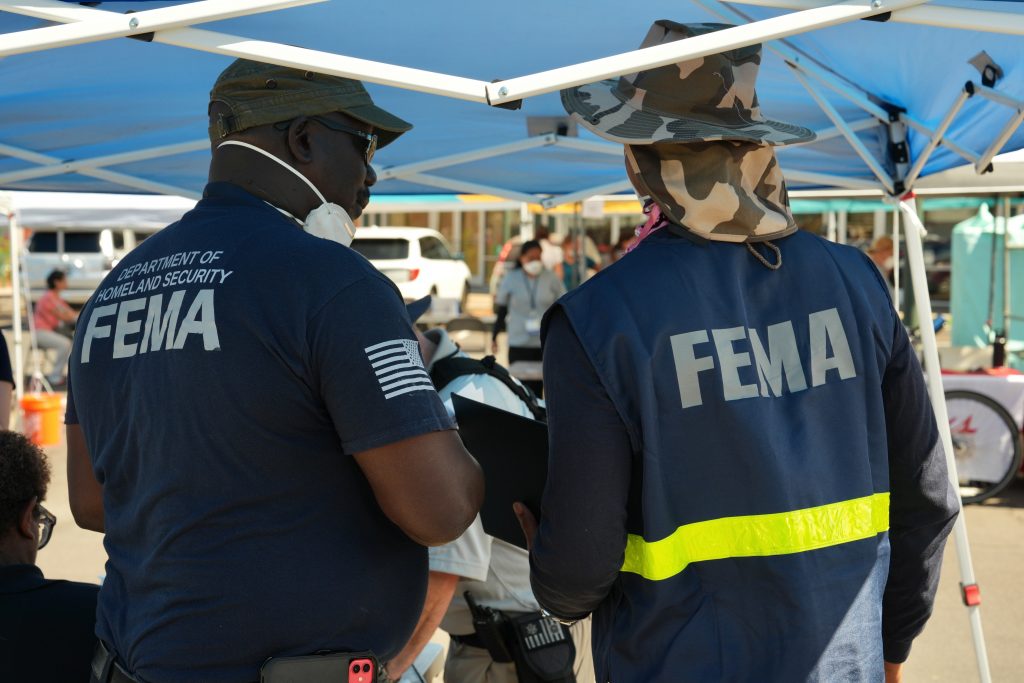Nonprofits have one week left to request FEMA Public Assistance

Nonprofit organizations, including houses of worship, that had losses caused by the Maui County wildfires and high winds have one week – until Wednesday, Oct. 25 – to submit a Request for Public Assistance from FEMA.
Not only physical damage is covered under FEMA’s Public Assistance program. Nonprofit organizations in Maui and Hawaiʻi counties may also submit a Request for Public Assistance to be reimbursed for eligible costs associated with protection of infrastructure.
The Public Assistance program provides grants to government agencies as well as private nonprofits for debris removal, emergency protective services and community infrastructure damaged or destroyed by the Aug. 8 wildfires and high winds.
For private nonprofit organizations, including houses of worship, the application process depends on whether a private nonprofit is classified as offering critical services or non-critical, essential social services.
Private nonprofits that provide critical services, such as health-care facilities and utilities, can apply directly to FEMA for funding. Some private nonprofit organizations, including houses of worship, that are classified as providing non-critical, essential social services must first apply for a low-interest disaster loan from the US Small Business Administration.
Nonprofits do not have to wait for a decision from SBA in order to apply to FEMA.
Houses of worship and other nonprofits are encouraged to submit a Request for Public Assistance under FEMA’s Public Assistance grant program. The deadline is Wednesday, Oct. 25. For more information, contact Public Assistance Lead Brian Fisher of the Hawaiʻi Emergency Management Agency at Brian.J.Fisher@hawaii.gov. You may also call him at 808-518-7985.
If a house of worship or other nonprofit offering non-critical, essential social services is turned down for an SBA loan, or if the loan amount does not cover the cost of all repairs, FEMA may be able to help. FEMA may provide funds to pay for what SBA or insurance did not cover.
Examples of critical services include water, sewer and electrical systems; private schools providing primary or secondary education; or institutions of higher education. Examples of non-critical essential services include educational enrichment activities, supervised care and daycare services, residential services for people with disabilities, assisted living and low-income housing, homeless shelters and rehabilitation service, and community and performing arts centers.









